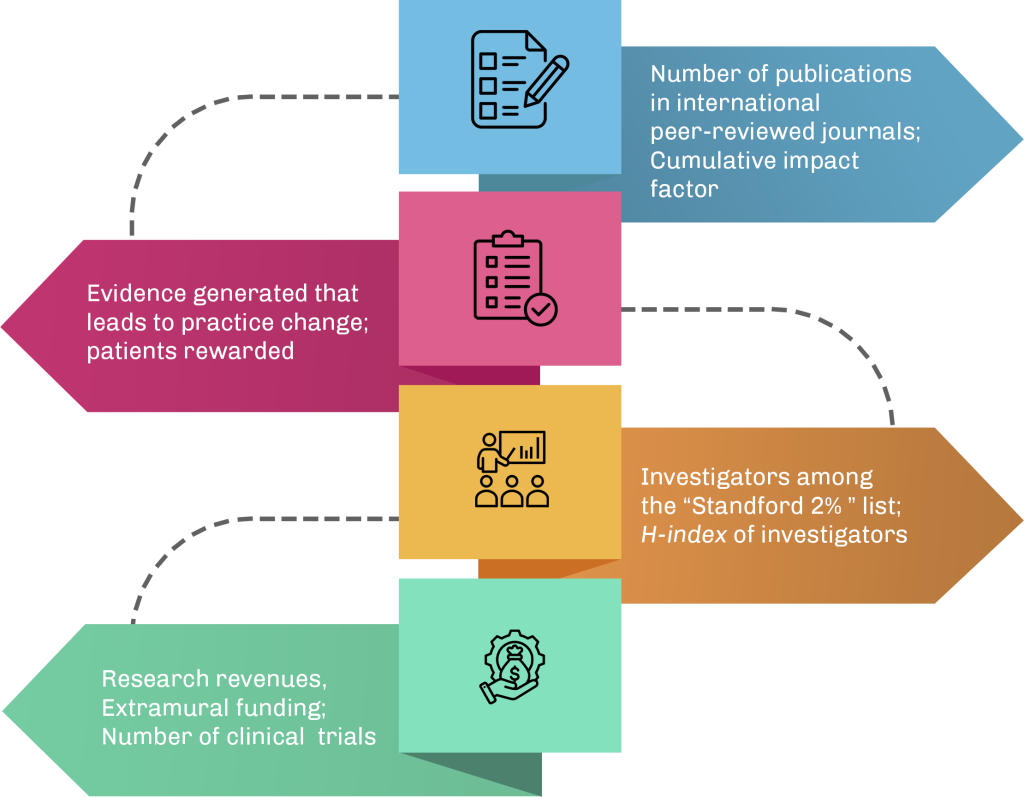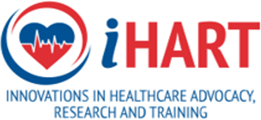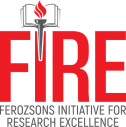Ferozsons Initiative for Research Excellence (FIRE)
Clinical Research Design
Ferozsons Initiative for Research Excellence (FIRE) aims to re-envision Pakistan's public health landscape by providing cutting edge training in clinical research.
LUMS
School of Science & Engineering
Syed Babar Ali School of Science and Engineering (SBASSE) at LUMS is the first private research school of science and engineering in Pakistan. In higher education, the term research school refers to a model of teaching and scholarship practised by some of the best institutions in the world where the primary function of the university is to create and disseminate new knowledge.
Re-envisioning Community Health in Pakistan
Ferozsons Laboratories
At Ferozsons Laboratories Limited, we believe in the transformative power of medical education and research, and their pivotal role in shaping the future of healthcare in Pakistan.
i-HART
Innovations in Healthcare Advocacy, Research and Training
I-HART was conceived to streamline the variety of on-groundwork being done in Pakistan and other countries.
FIRE, A Collective Journey for Re-envisioning Community Health in Pakistan

Introduction
Ferozsons Initiative for Research Excellence (FIRE) aims to re-envision Pakistan’s public health landscape by providing cutting edge training in clinical research. The overarching goal of FIRE is to seed and develop a culture of high-quality research in clinical and population health sciences in Pakistan as well as the broader region.

Mission
Use cutting-edge scientific methods generate, and apply new knowledge to developing sustainable solutions to public health problems in Pakistan.

Vision
Support collaborative research between clinicians and basic scientists to reduce mortality and promote healthy lives.

The Program
Pakistan is home to several communicable and non-communicable diseases. Further complicating the current situation is the double burden of communicable and non-communicable diseases such as TB and diabetes or pneumonia and diabetes. Designing preventive interventions for such conditions require (i) an in-depth understanding of the disease determinants and (ii) a system to translate this knowledge into designing targeted interventions for lowering the overall burden of disease. Guided by the principals of integrity, innovation and team-work, the program aims to change the landscape of community health in Pakistan. The overarching goals of the program is to develop high quality and locally relevant translational research program for understanding and addressing the rapidly evolving healthcare needs of the local community.
Program Goals
Raising awareness about role of clinical research and evidence-based medicine in improving public health
Provide a framework for training of health professionals and basic scientists in fundamentals of clinical research by:
Development of advance pedagogy in clinical research design to support healthcare practitioners in carrying out research
Creating opportunities for observational and quantitative studies by engaging with tertiary care facilities and primary and secondary health departments.

Impact Measurements
Impact measurement is essential for self-evaluation and self-improvement. Such measurement should ideally be objective, measurable, and meaningful. To that effect, the center will put in a place a robust mechanism to measure the impact. The measurement will include indicators and metrics of scientific output success, its investigators’ reputation and standing, and the success of its trainees and partner programs. These include, but will not be limited to, the number of high-impact publications, work output that leads to practice change, research funding and revenues, number of ongoing clinical trials, patents awarded, h-index of investigators, and the number of investigators in the peer-reviewed ”Stanford List” of World’s top 2% most influential scientists.




